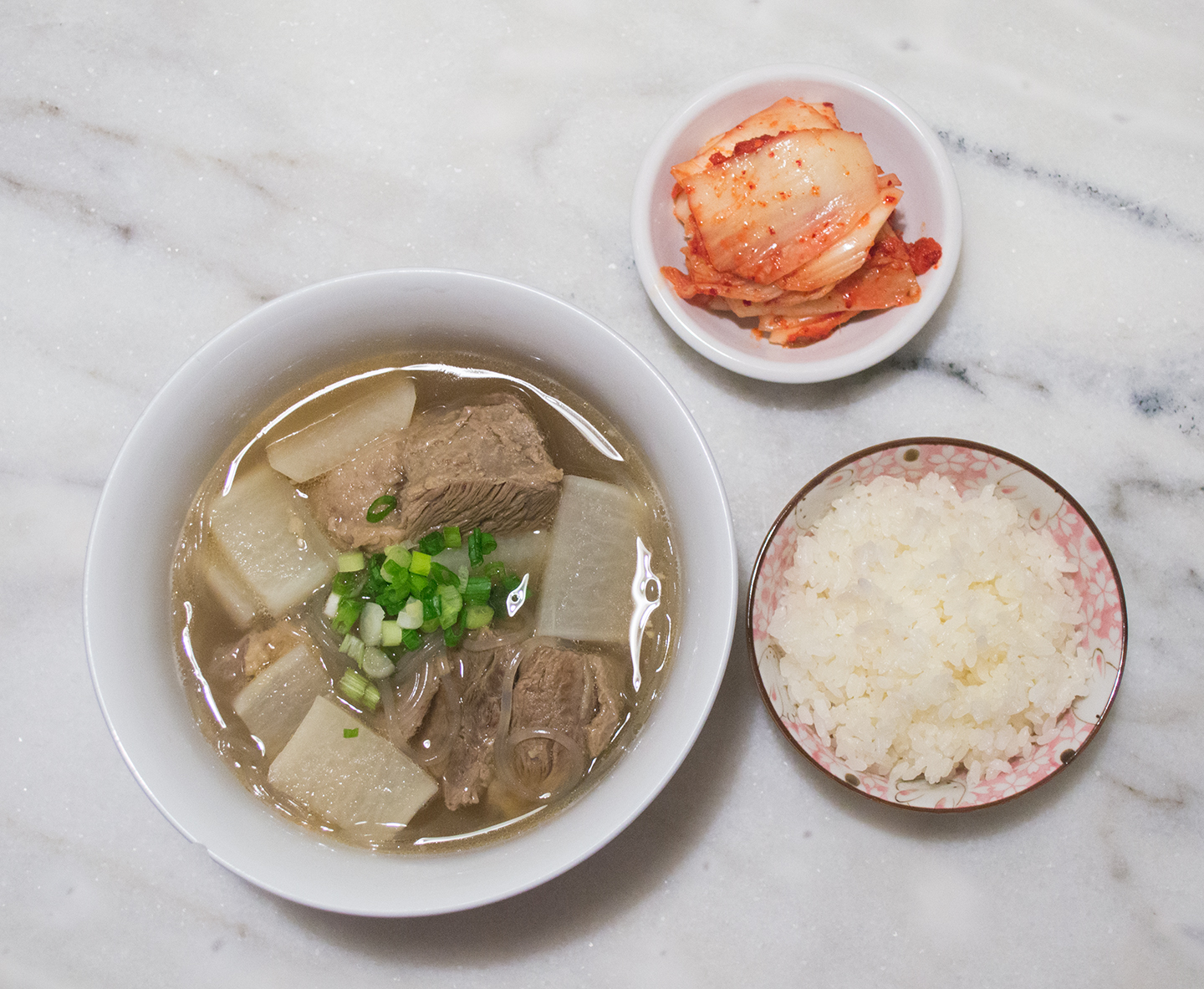
Galbitang (also spelled Kalbitang; 갈비 – rib, 탕 – soup) is a universal favorite in the Everybunny household. Whenever we’re out dining in a Korean restaurant, I’m always checking to see if they have this on their menu before I browse for other possible selections. It’s a definite *yes* to ordering galbitang if they do have it!
This is a dish that not many mothers make often; my mom would prepare this for someone’s birthday, and on the very rare occasion, on a weekend. It was one of those dishes that required her to be at home for most of the day, making sure there was enough water in the pot, and the temperature was constant. Also, she would cook this for, at least, five hours. With kids, work, messes to clean, laundry to do, and very hungry mouths to feed, her priorities were elsewhere, and rightfully so.
When I grew older and moved away, I didn’t stop thinking about making this at home. I knew that it would take a lot of passive time to simmer the broth (Walk away and watch Netflix, or go do laundry!), but I really didn’t want to believe that it was impossible to make a flavorful broth, in a shorter time. So I decided to cut the cooking time and make a smaller quantity, and it worked. The galbi meat turned out tender, the broth was savory, and the radish just gave the entire soup a good depth of flavor.
Koreans actually have a good word for this: *시원하다!* (Siwonhada!) It means that something is *refreshing* or *cooling*. It doesn’t exactly translate well into English, but I’ve always understood it as *It’s tasty and satisfying* when it comes to food. People also use this expression for actual cooling and refreshing things, like a cold drink, and even for something like a fantastic view of the ocean (possibly in reference to the nice sea air). It’s a great phrase!
So, Mom? Thanks for all of your hard work in feeding us, even when it was crazy. It works pretty well with a short duration, though. Maybe it’s not as mindblowing as yours, but it still turned out delicious!
Recipe for Galbitang (갈비탕) - Beef Short Rib Soup
- About 2-3 Servings
- Preparation:
- Cooking:
- Waiting:
Ingredients
- 1kg (about 2¼ lbs) Beef Short Ribs
- 3L (about 3 quarts) Water
- 9g (1½T) Ginger, sliced
- 120g (1 cup) White Radish (Joseon or Oriental variety)
Seasoning for the Beef:
- 6g (2t) Garlic, minced
- 1g (½t) Black Pepper, ground
- 9g (2t) Sesame Oil
- 1½g (1t) Sesame Seeds
- 3g (1t) Kosher Salt
Before Serving:
- 100g (3½oz, 1 bunch) Cellophane/Glass Noodles, dry
- Steamed White Rice
- 2 large Scallions, chopped
- Kosher/Table Salt or Soy Sauce, to taste
Procedure
- Make shallow cuts across the grain on each piece of meat. Rinse the beef in a large bowl, removing any bone fragments. Drain and refill the bowl with cold water. Set aside for 30 minutes.
- Drain again, put the ribs in a large pot, and fill with water until the beef is submerged. Place it on the range, bring it to a boil, drain, and remove the meat. Rinse the pot, place the meat back in, and fill with 3 liters of water with the ginger. Boil the pot again, turn down the flame, and simmer for 1½ hours, uncovered. Skim off any foam while simmering.
- After 1½ hours, clean and peel the radish, and lower it into the pot. Let the entire soup simmer for 30 minutes more.
- Turn off the flame, fish out the meat and radish, and cool the soup. Take a fat separator to remove the fat, or set the liquid in the refrigerator and wait for the fat to solidify before scooping it out, about 3-4 hours, or overnight.
- Remove the bones from the meat, and season with garlic, pepper, sesame oil, sesame seeds, and salt. Slice the radish into edible portions. Store in the refrigerator until ready to serve.
- When ready to eat: boil the noodles until slightly under-cooked, drain, and set aside. Bring the soup back to a boil, and add the meat and radish. Once heated through, divide the noodles into serving bowls and ladle in the hot galbitang. Top with chopped scallions, and serve with salt or soy sauce on the side. Pair it with a bowl of rice to make a complete meal.
*Bunny Wisdom*
- The cuts can help tenderize the meat, which will help us in the shorter cooking time.
- A brief soak in water helps the blood and liquids come out of the meat, which means less foam and bubbles to skim off later in the cooking process.
- An initial boil also gets rid of foam and cooked blood, allowing the soup to happily sit for 2 hours without having to be skimmed too much.
- If the water level starts to drop below the meat, pour more water into the pot to cover. We want to try to maintain a constant level of at least 2 liters of water, so there will be enough soup for everyone.
- I like to remove the central rib bone from the meat, after it's cooked. This makes it easier to eat, and more surface area for the seasoning to cover.
- You can find cellophane/glass noodles (당면 - dangmyeon) at most Asian supermarkets.
- A slight under-cooking of the noodles prevents really soggy noodles at the dinner table.
- An extra dash of salt or soy sauce completes this meal. Equally, a good kimchi or kkakdugi makes this soup infinitely tastier!
- Eat galbitang with rice in the soup (like a one-bowl meal), or have rice and banchan (반찬) with the tang on the side.
**Here are some of the ingredients I use for this recipe. Please, feel free to browse and ask questions on anything you see listed below.**

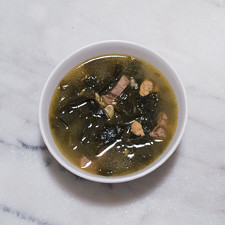
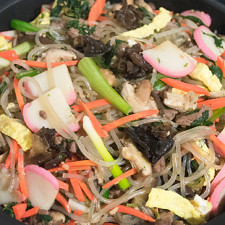
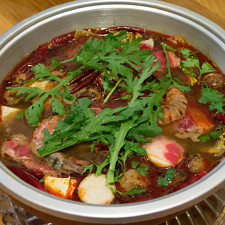
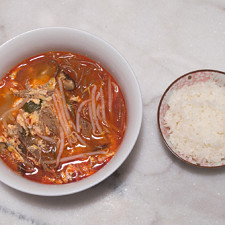
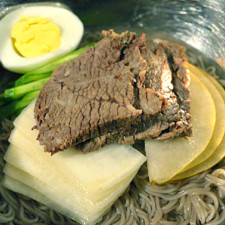

No thoughts on "Galbitang (갈비탕) – Beef Short Rib Soup Recipe."